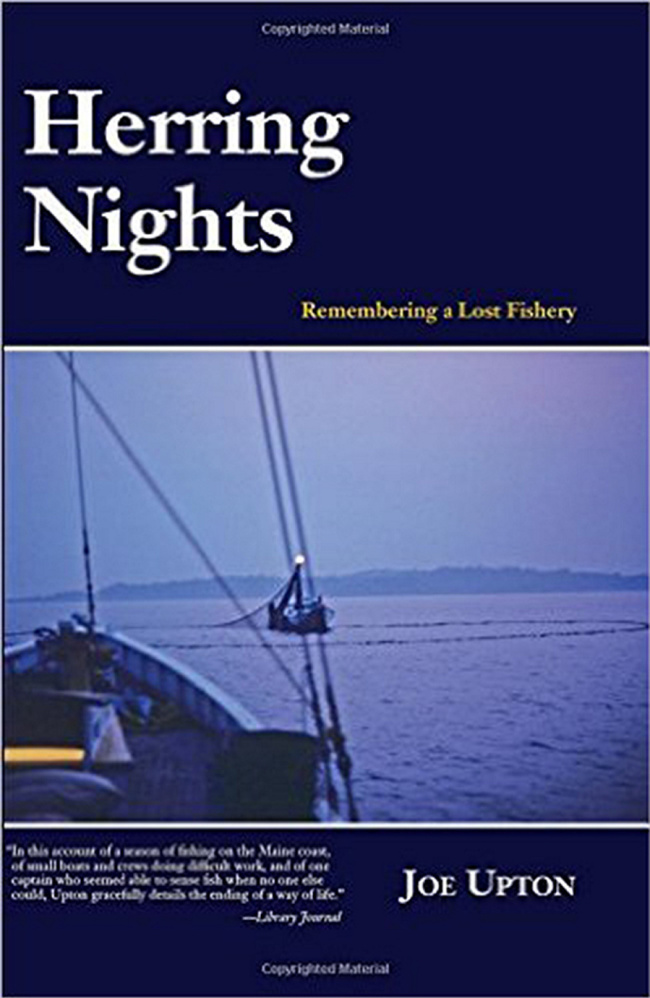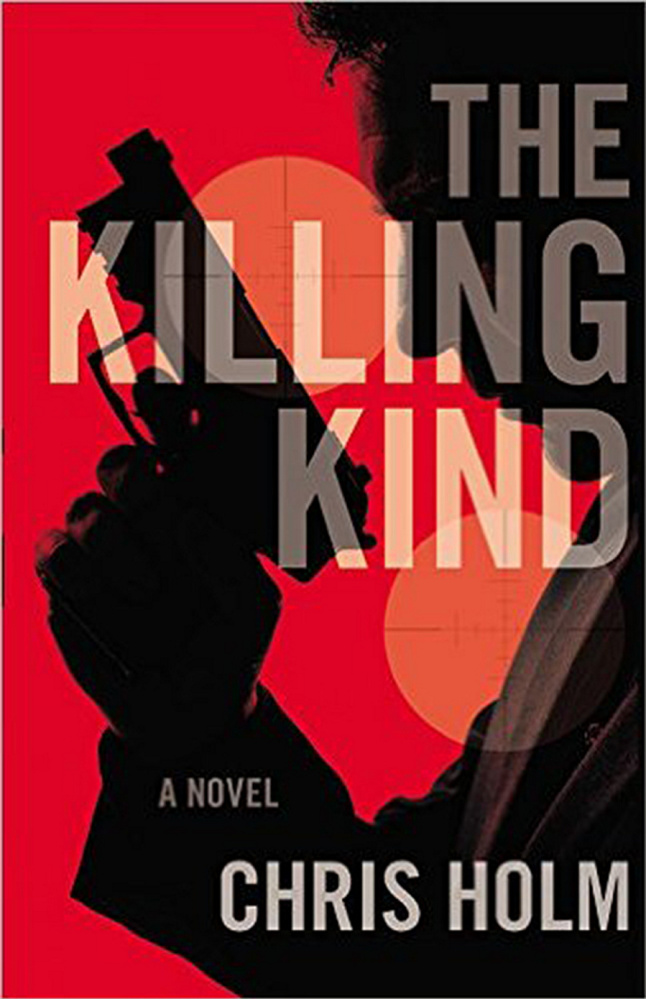HERRING NIGHTS: REMEMBERING A LOST FISHERY
By Joe Upton
Tilbury House Publishers, 2015
224 pages, $16.95
Maine once had a thriving, lucrative herring fishery as recently as the late 1970s. Not anymore. Those days are long gone, but thanks to Vinalhaven author Joe Upton, we have his colorfully vivid memoir to remind us of what it was like back then.
Originally published in 1986, “Herring Nights” is Upton’s powerful, personal story of Maine’s herring fishery in the 1970s, when there seemed to be “plenty of fish” and “plenty of market.”
Upton has been a commercial fisherman since 1964, fishing in the waters off Chile and Alaska for anchovies, tuna, crab and salmon, and finally for herring in Maine waters. In 1976 he bought the Amaretto, a 60-year-old classic sardine carrier — a wood-hulled, 71-foot vessel able to carry 60,000 pounds of herring.
He completely refitted the old boat in South Bristol, and by the spring of 1977, he was ready to go. Then he had to learn the intricate Maine customs of herring fishing in a fishery closely protected by generations of herring men.
Upton’s writing style is smooth and flowing. This book reads like a novel, but is more exciting and engaging because it’s a true story. He tells of the complexities and pitfalls of a cutthroat, competitive business, the warm camaraderie of men he could trust and the wariness of the few nobody could trust.
Best are his descriptions of herring fishing at night when schools of fish could be “shut off” (trapped) in coastal coves by small boats that “ran the twine” (set nets). This was dirty, dangerous work, often close inshore with wind “blowing like stink,” working at night without lights.
He proudly admits it was satisfying work with successes and disappointments, impacted by weather problems, market fluctuations, ruined equipment and the devastating encroachment of foreign factory ships.
THE KILLING KIND
By Chris Holm
Mulholland Books, 2015
306 pages, $26
Michael Hendricks is not dead, but everybody thinks he is. The federal government, the U.S. military, his former fiancee and anybody who ever knew him believes he died in Afghanistan, and that is fine with him.
Since the world thinks he is dead, Hendricks is free to do what he does best — kill people. Perversely, Hendricks thinks he is performing a public service since his targets are other hit men. His method of identifying the hitters is unique and nearly foolproof.
“The Killing Kind” is Portland author Chris Holm’s exciting new novel, a fast-paced thriller with high-octane action, gripping suspense, clever plot twists and a high body count. He has created an original plot with characters so vividly complex, even the good guys are fatally flawed, willing to bend the rules for their own ends.
A former military covert operative, Hendricks was believed killed in a wartime ambush. Now that Hendricks is back in the U.S. and operating under everyone’s radar with multiple identities, his guilt over past deeds drives him to seek personal redemption by taking out ruthless hit men before they can fulfill their contracted killings. He justifies his lethal actions by saving the lives of their intended targets.
But he doesn’t do it for free. Hendricks offers the hit man’s intended target a one-time deal — for 10 times the amount of the contracted hit, he will eliminate the threat. Some targets pay up, others don’t, and one unwisely tries to cheat him.
However, Hendricks has been so successful that both the Mafia and the FBI take steps to stop him, but neither knows who he is. Technology, treachery, torture and murder allow the feds and a special Mafia killer to zero in on Hendricks, threatening the only person he cares for, forcing him to make a fateful decision.
Bill Bushnell lives and writes in Harpswell.
Send questions/comments to the editors.




Comments are no longer available on this story